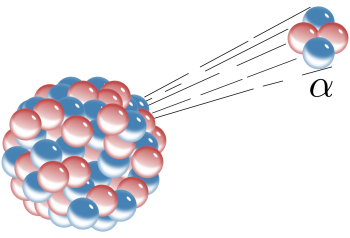
The development of nuclear technology is one of the most significant achievements of the twentieth century. Nuclear technology is currently used in nearly every field and aspect of our lives from medicine, to manufacturing and construction, to powering common household items, and to producing electricity for over 16% of worldwide needs. The use of radionuclides in the physical and biological sciences can be broken down into three general categories; imaging, radiotherapy and radiotracers. Most of the radiotracers used in vivo should have relatively short half-lives (less than a few hours to at most a few days). There are definite advantages in using short lived radionuclides; for example, there is a low radiation dose associated with each study, serial studies are possible (sometimes on the same day for tracers such as 11C) and radioactive waste disposal problems are minimized if not eliminated. Radionuclide production is indeed true alchemy, which is converting the atoms of one element into those of another. This conversion involves altering the number of protons and/or neutrons in the nucleus (target). If a neutron is added without the emission of particles, then the resulting nuclide will have the same chemical properties as those of the target nuclide. If, however, the target nucleus is bombarded by a charged particle, for example a proton, the resulting nucleus will usually be that of a different element. The exact type of nuclear reactions a target undergoes depends on a number of parameters, including the type and energy of the bombarding particle. The most commonly used positron emitters and typical reactions for their production Nuclear medicine imaging differs from other radiological imaging in that the radiotracers used in nuclear medicine map out the function of an organ system or metabolic pathway and, thus, imaging the concentration of these agents in the body can reveal the integrity of these systems or pathways. This is the basis for the unique information that the nuclear medicine scans described in table. Using radionuclides inside different type of radiopharmaceuticals can be provide for various scanning procedures for the various organ and functional systems of the body. Some of them described below. While there is a wide range of other radioisotopes that are used in imaging, a relatively small number make up the vast majority of all studies in SPECT and PET imaging. By Shukurov R.
If this page is in your subscriptions, then it will be removed. You will not see this page. If you want to unblock a user, go to the settings, the list of blocked users and click unblock